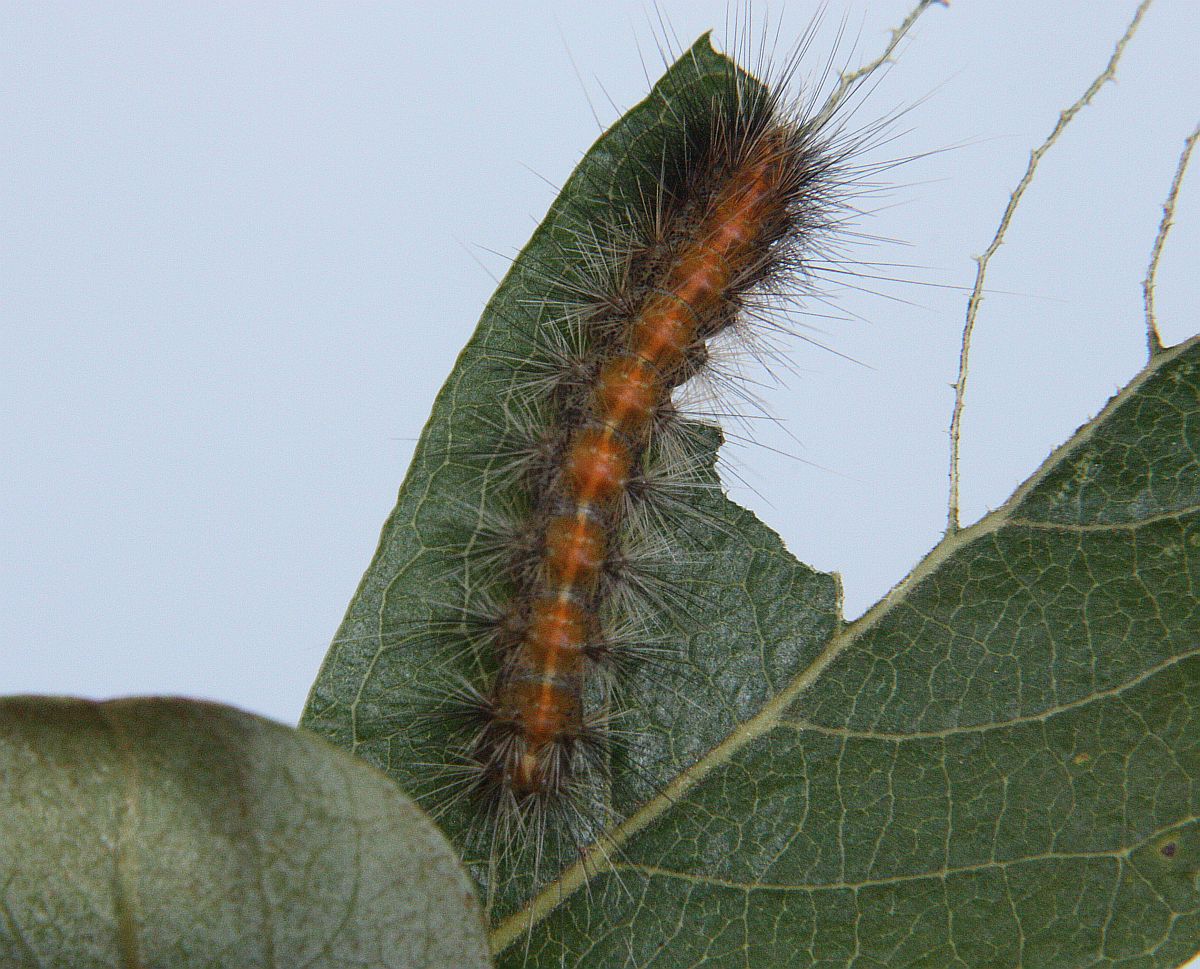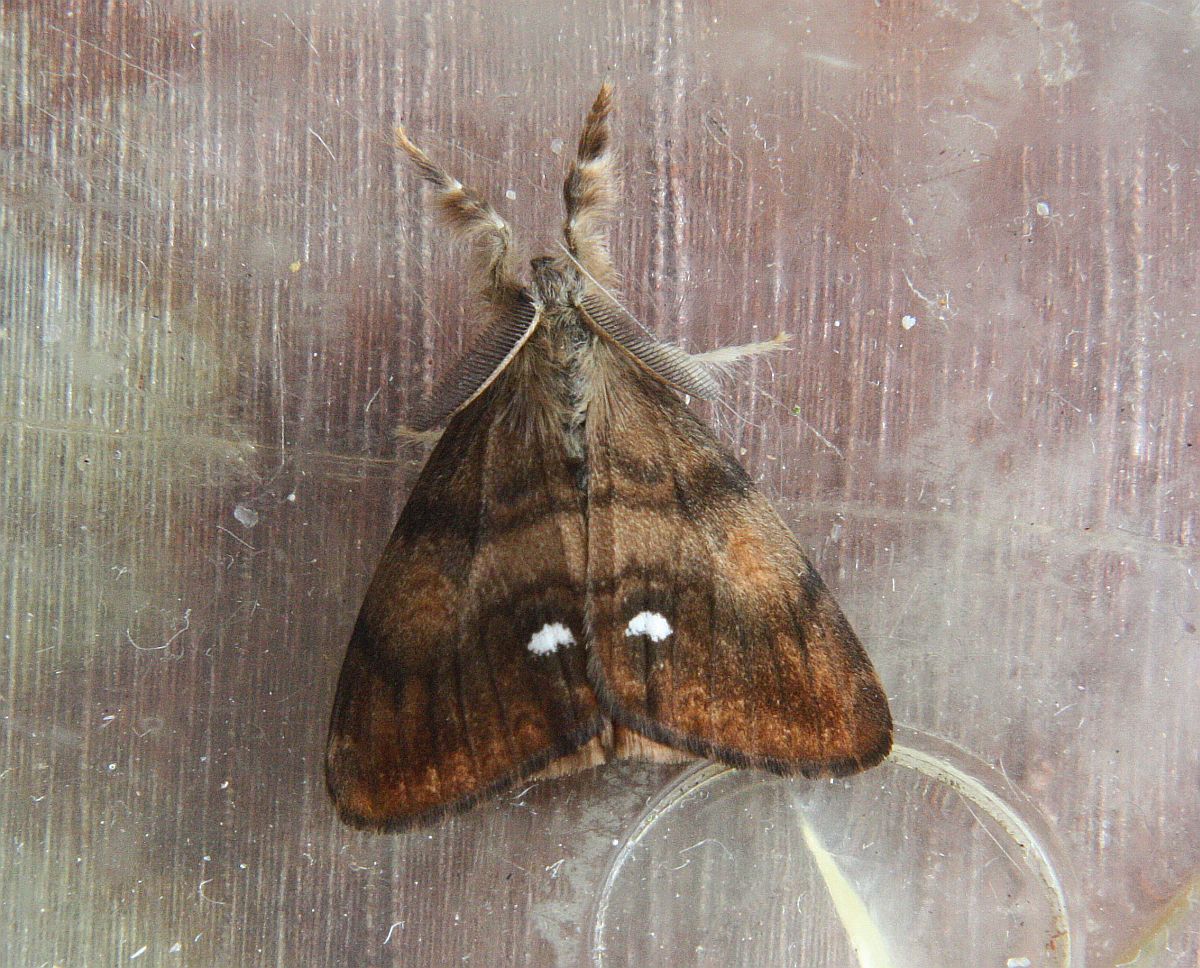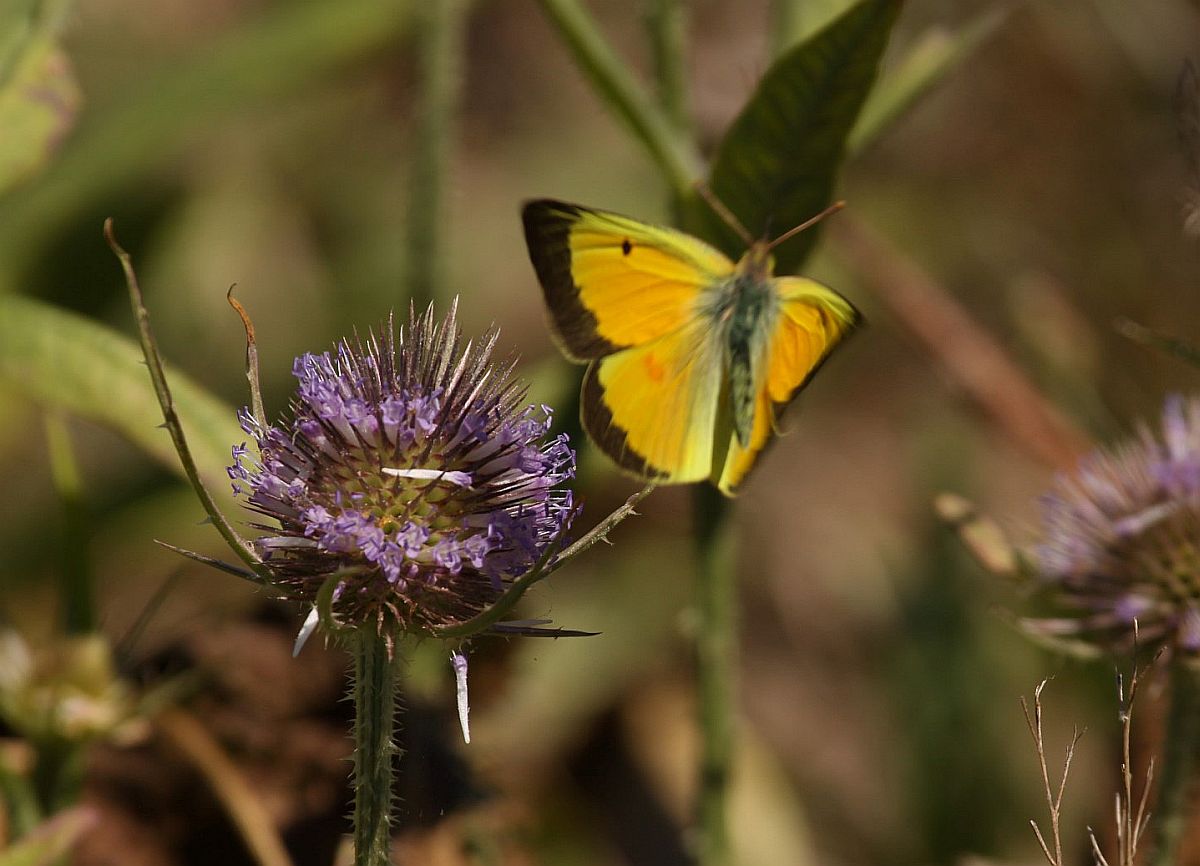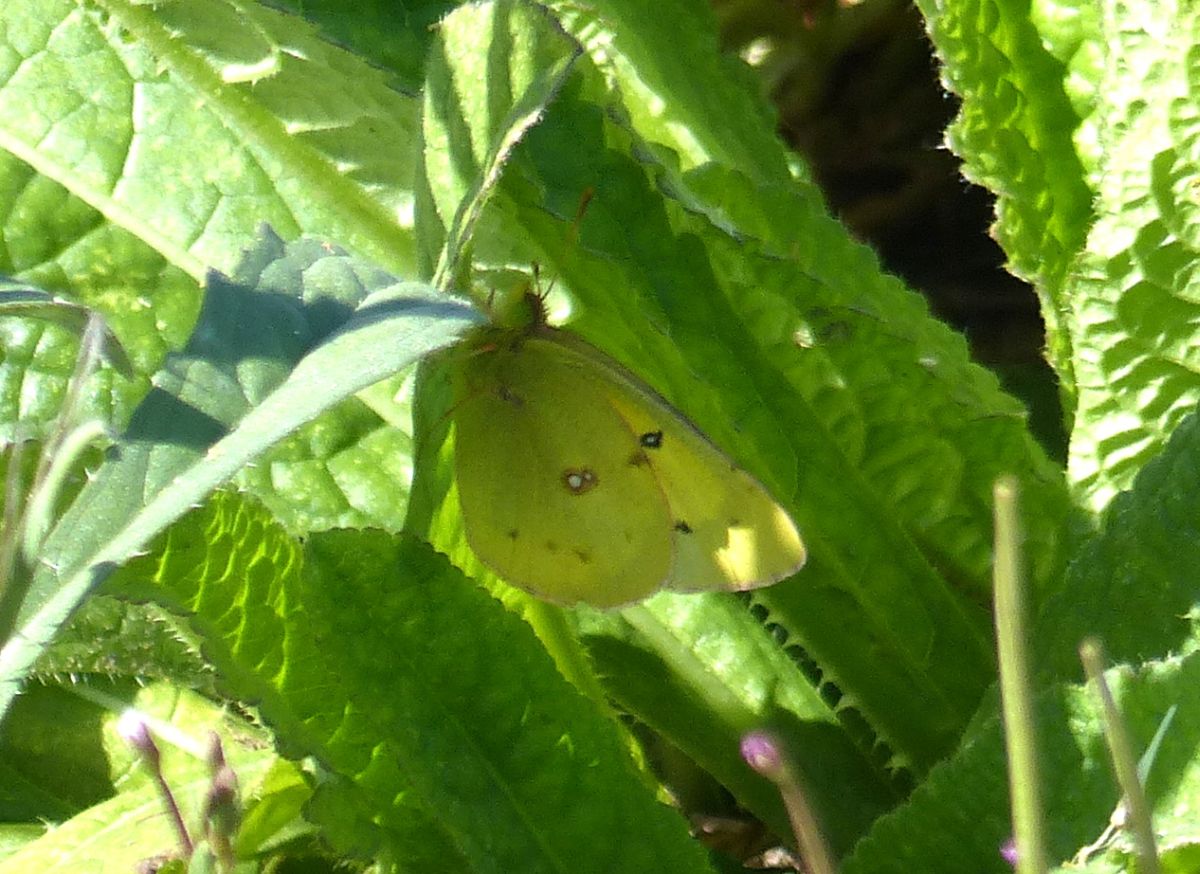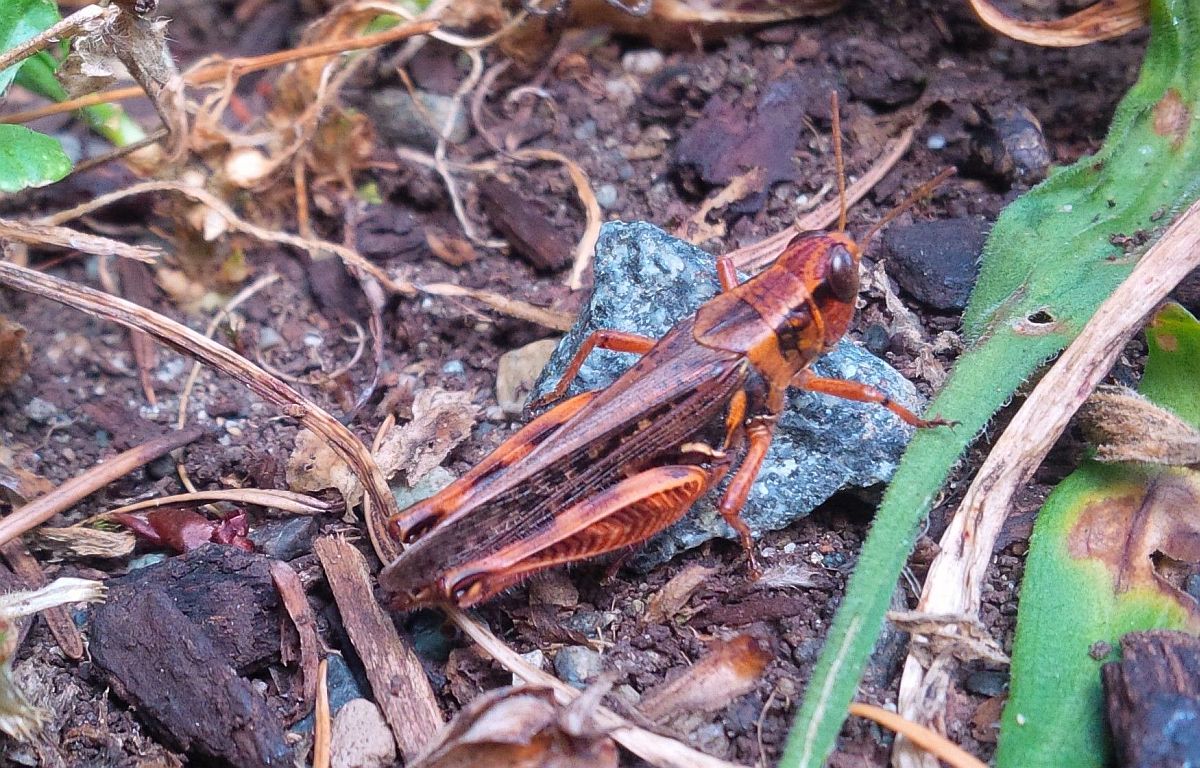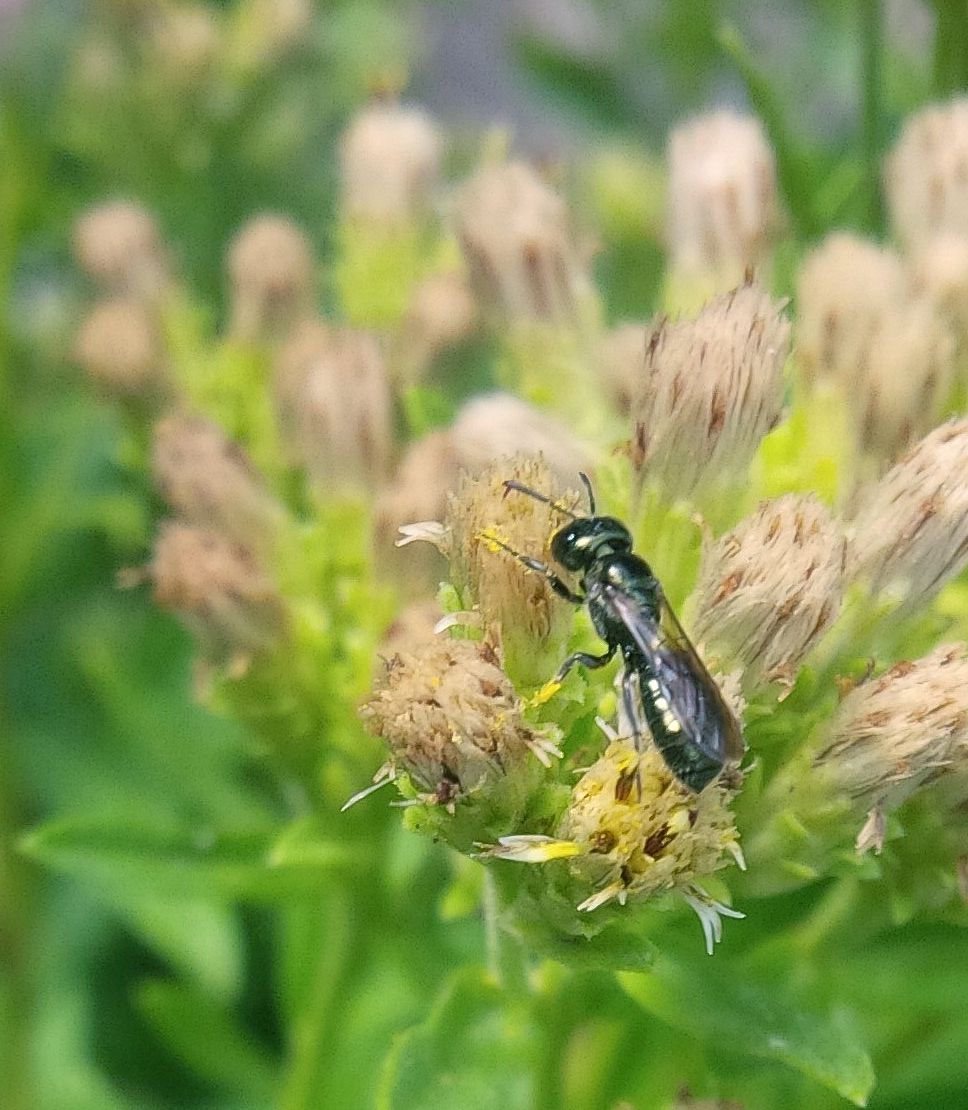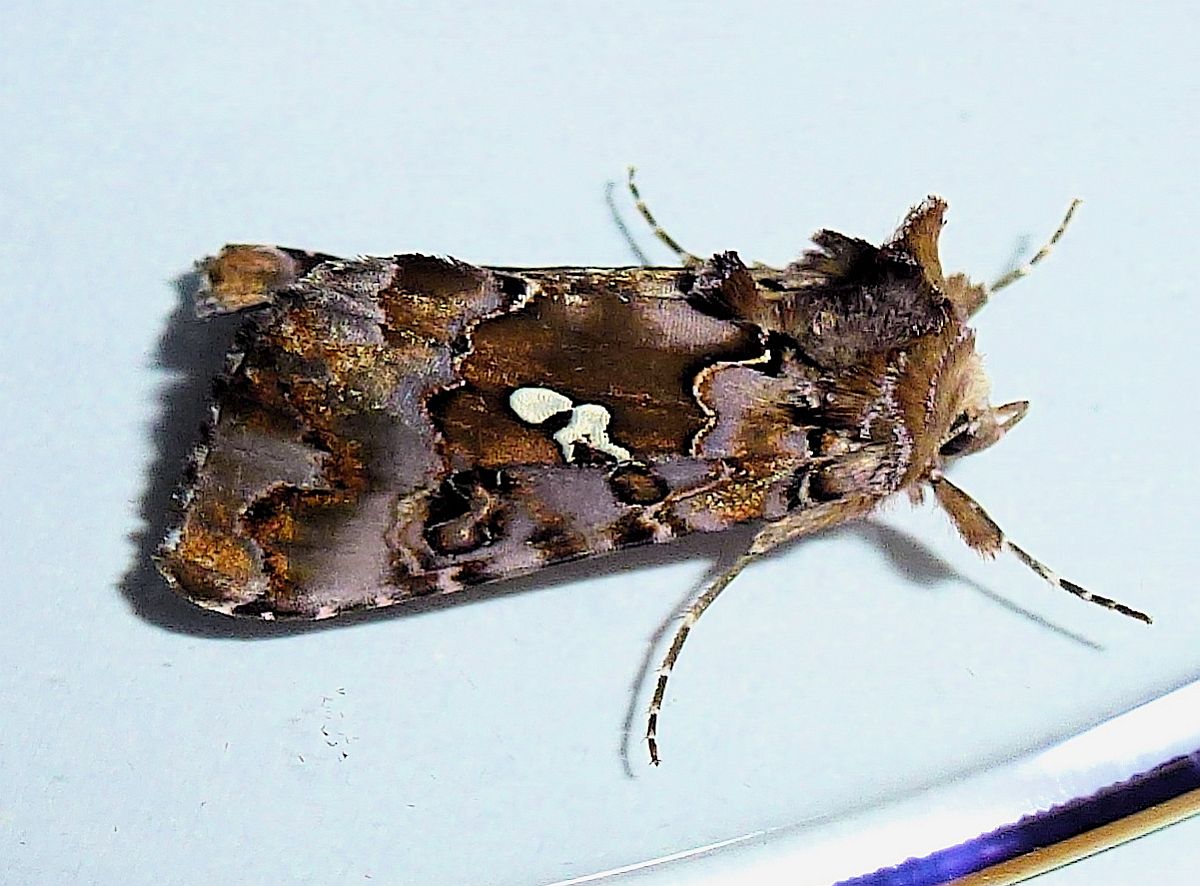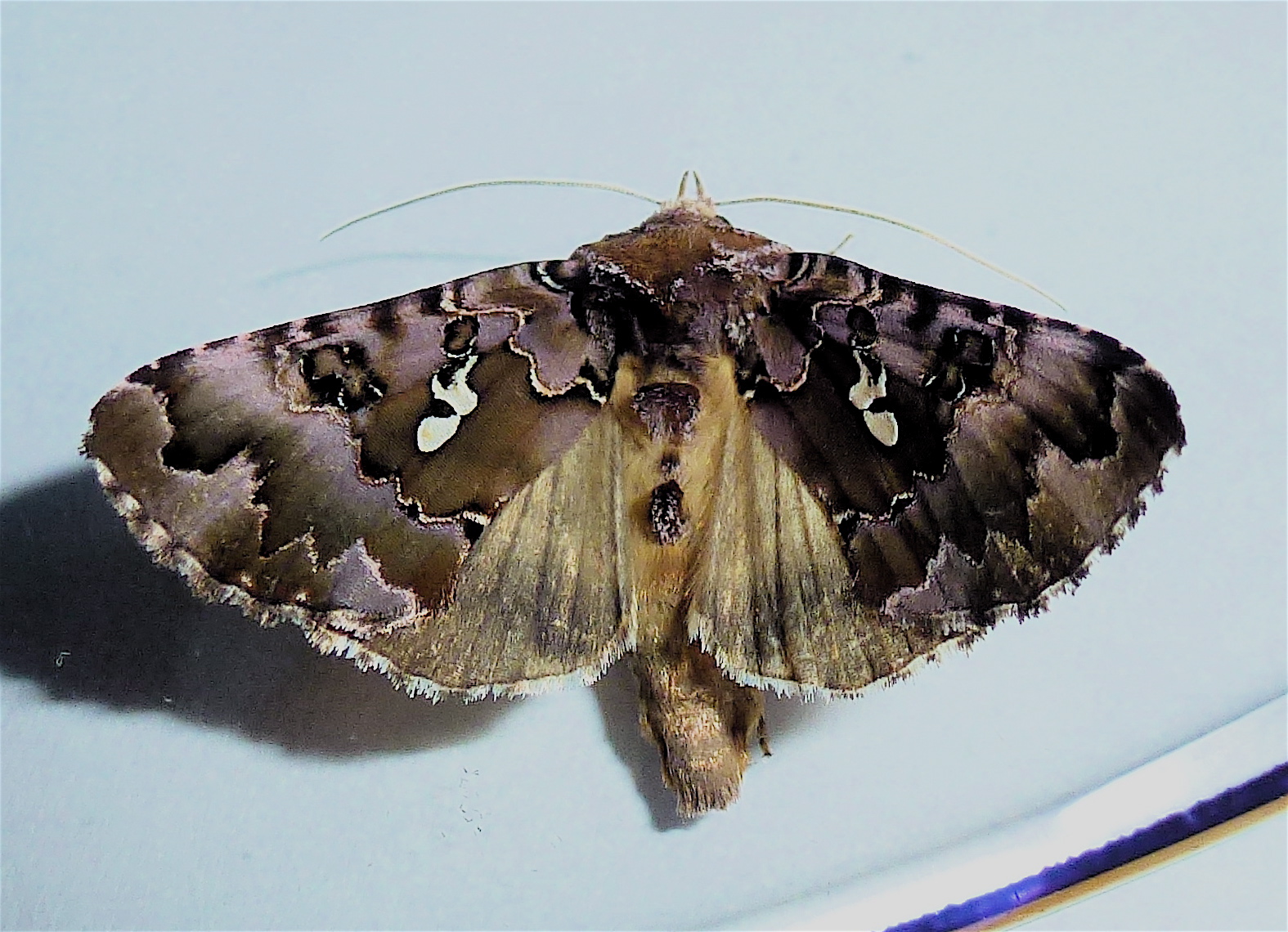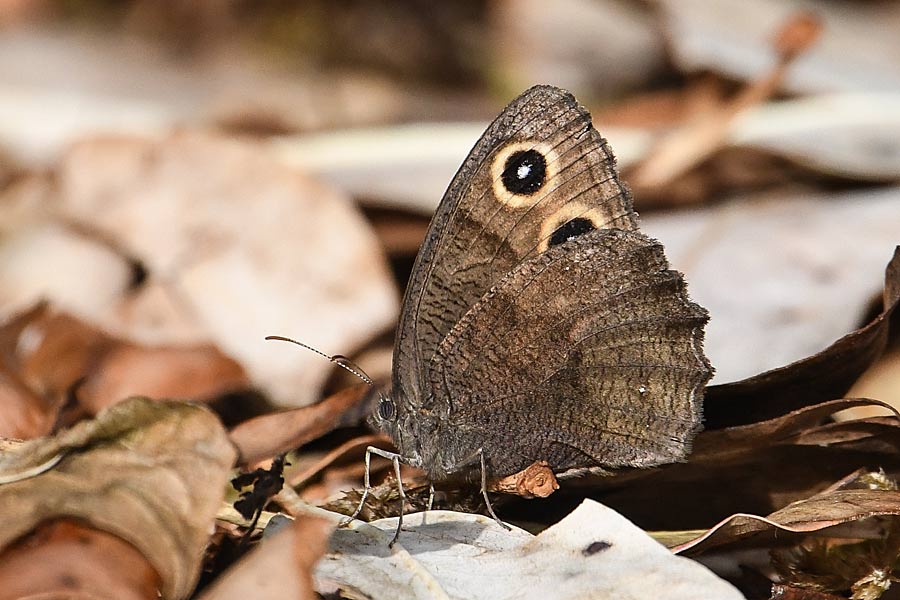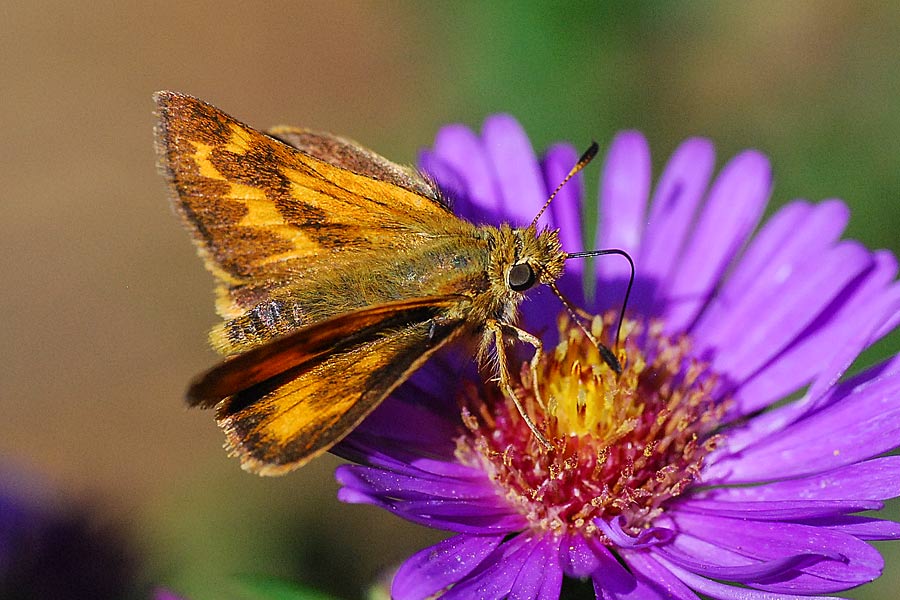2017 August 20
Jochen Moehr writes: On Friday, August 18, Chris and I were shovelling at least three cubic metres of hog manure into the base of our newly installed raised beds in Metchosin. A diversion for me was this beetle that approached us on the cedar of our bed frames. Thanks to Scott Gilmore for identifying it as Leptura obliterata.

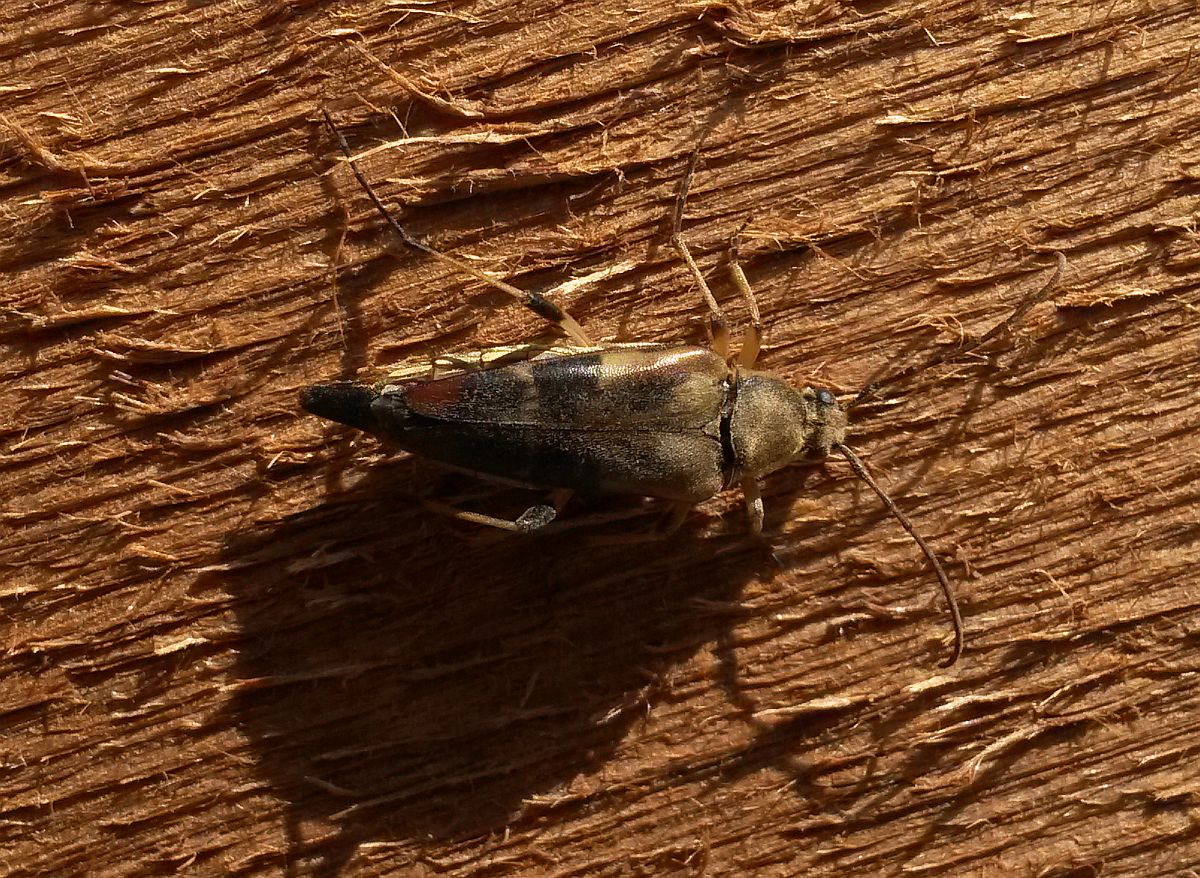
Leptura obliterata (Col.: Cerambycidae) Jochen Moehr
Jeremy Tatum writes: I didn’t have to wait long to see the next instar of the Yellow Woolly Bear caterpillar shown on August 18. It changed its skin (and ate the very hairy old one!) the following day.

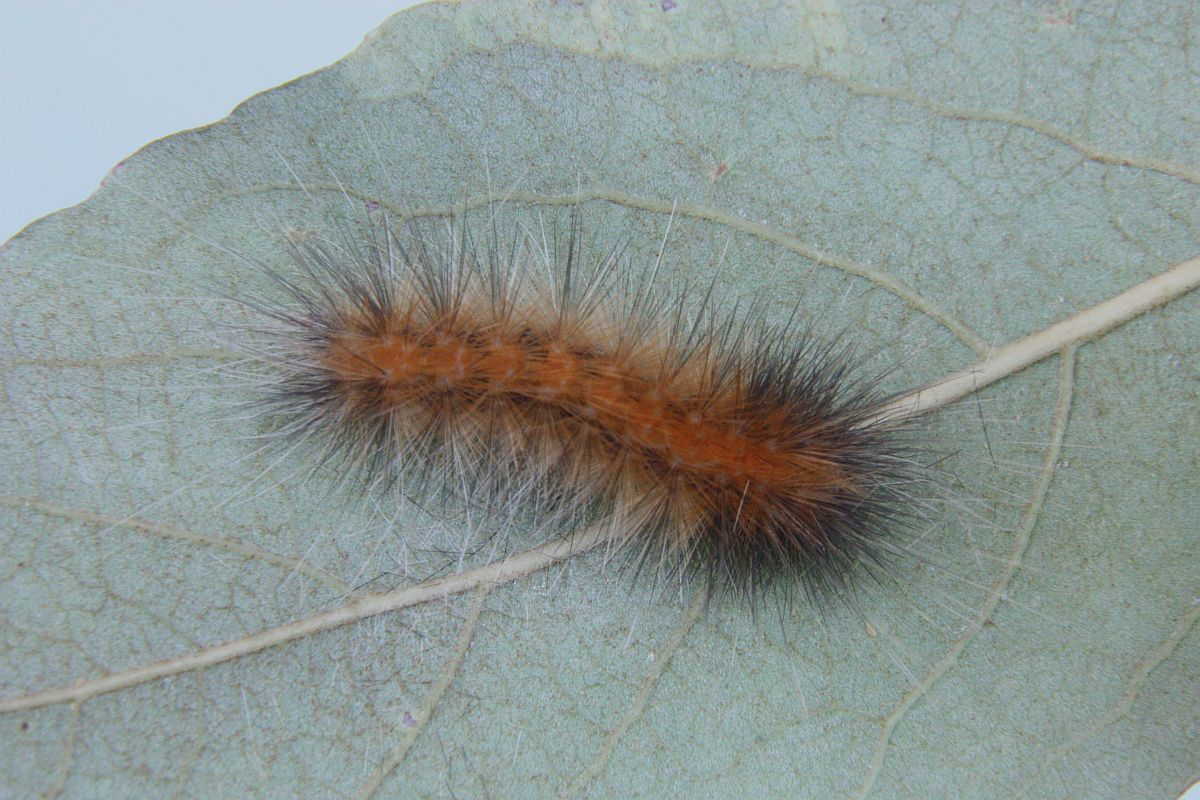
Yellow Woolly Bear Spilosoma virginica (Lep.: Erebidae – Arctiinae) Jeremy Tatum
Jeff Gaskin writes: Yesterday, August 19, at Royal Roads University there were 3 Painted Ladies, 2 Pine Whites, a few Cabbage Whites and many Woodland Skippers.
Along Highland Road next to Thetis Lake Park there were 12 Woodland Skippers, a few Cabbage Whites and one Lorquin’s Admiral.
Val George writes: This Alfalfa Looper Autographa californica was at Island View Road today, August 20.

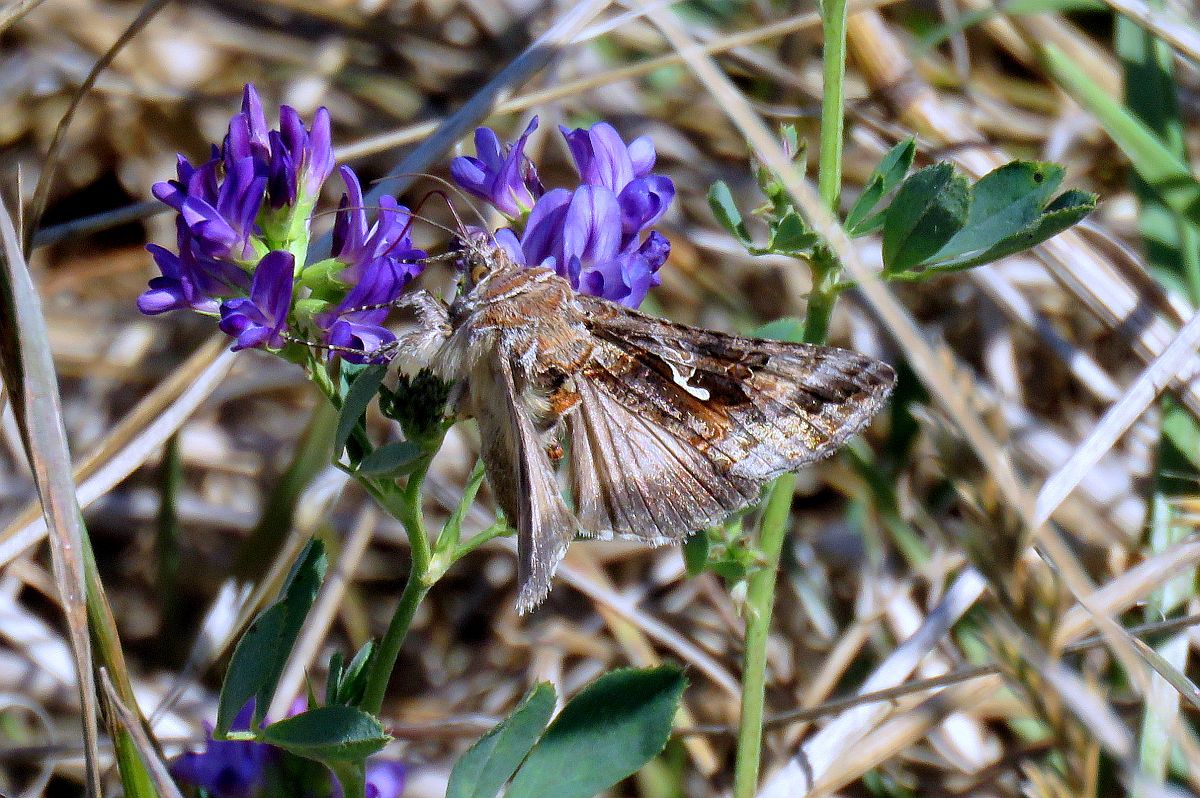
Autographa californica (Lep.: Noctuidae – Plusiinae) Val George
Jeremy Tatum writes that in this, which may (?) be the last of the little notes I am writing about names, I address two points about English names. As we all know, some insects have been given many different English names by different authors, and there is often no general agreement as to what “ought” to be the “correct” name. I’m not going to deal with that here, but with two other points. The first is that, when you use an English name, it should be written with first letters capitalized. Thus Brown Elfin, not brown elfin. This is a very important point, and I think most viewers, on reflection, will see that there is a distinction between a Brown Elfin and a brown elfin. A Moss’s Elfin, one must agree, is a brown elfin; but it is not a Brown Elfin. So please, capitalize the first letters of English names. Exception: The second word of a hyphenated pair is not capitalized: Thus, Eight-spotted Skimmer, not Eight-Spotted Skimmer.
The second point is a smaller one, but perhaps worth making. In forestry, agriculture and horticulture circles, where the larval forms of some insects are of “economic importance” (i.e. are regarded as pests!), insects are often given English names after their larval forms. For example, Variegated Cutworm, Imported Cabbageworm, and even Alfalfa Looper! It is more often preferred, in natural history circles, to name an insect after the adult form. This, instead of Variegated Cutworm (it is of course not a worm!), we use Pearly Underwing, and instead of Imported Cabbageworm (horrible name!) we use Cabbage White (or, in the UK, Small White – not small white!). This is not an invariable rule; rather it is a traditional preference. There are exceptions – for example we often refer to the hairy caterpillars of arctiine moths as “woolly bears”, and even name the species for their caterpillars: Yellow Woolly Bear, Banded Woolly Bear, etc. The name “woolly bear”, however, shouldn’t be given to any hairy caterpillar, but only to those of the Subfamily Arctiinae. After all, “arctiine” means “bear-like”.
As to how many ells you put in “wooly” and “shoveling”, it depends on which side of the border you live!

